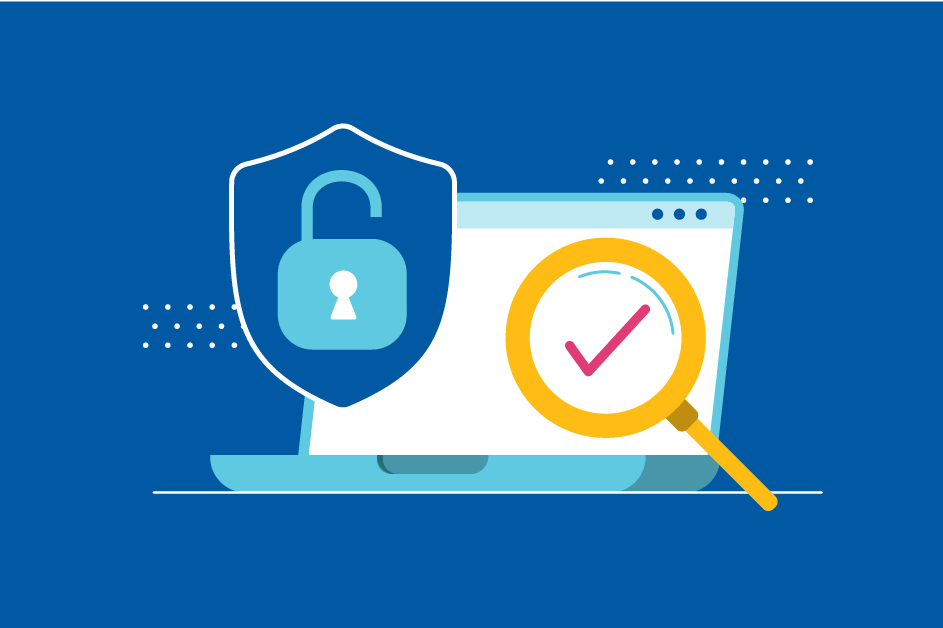If you’re reading this blog post, chances are you already know what PCI DSS and penetration testing is. But don’t worry – if you don’t, we’re breaking it down for you!
PCI DSS compliance is an essential part of businesses that have to process, store, or transmit cardholder information. But with so many PCI DSS requirements, it can be super challenging to know exactly how to meet them all.
So if you need to reach PCI DSS compliance but have no idea where to start, listen up! In this blog post, we’ll discuss the ins and outs of PCI DSS compliance and the role of penetration testing.
What is PCI DSS penetration testing?
If you understand the importance of penetration testing (or pen testing) in PCI DSS compliance but feel a bit lost when it comes to achieving it, don’t worry – we’re here to help. Say it with me: penetration testing! It’s like the underappreciated hero of the security world, and for good reason.
In a nutshell, penetration testing is an essential step for achieving PCI DSS compliance. It helps to identify areas where your company’s security may be weak and reduces the risk of a data breach or other malicious attack against your payment-processing infrastructure.
Penetration tests are designed to simulate real-world attacks on your network, allowing you to identify and address vulnerabilities before actual criminals can take advantage of them.
Think of PCI DSS penetration testing as your very own “cybersecurity batman” – swooping in to investigate and protect your organization from the dark forces lurking on the internet.
Penetration tests go far beyond just running a vulnerability scan – it’s actually one of the few ways that organizations can truly measure the effectiveness of their security systems.
Internal vs external penetration tests
You can’t just throw a tarp over a problem and hope it goes away. It doesn’t work that way with PCI DSS and pen tests, either.
External penetration tests
These tests simulate an attack on your external-facing systems and networks, such as web servers, email servers, etc. The goal is to identify any weaknesses that allow outside threats—like malicious hackers—to breach your networks and access data they shouldn’t.
Internal penetration tests
Internal penetration tests identify vulnerabilities that are present within your internal networks and systems. That includes potential threats from inside your organization.
Let’s take it a little further: The methodology of penetration testing is split into three types of testing
Types of pen testing
Black box
- The tester is given no prior knowledge of the application
- Imitates real-life hacking attempts
White box
- The tester is given all the information about the application
- Most comprehensive testing approach
Gray box
- The tester is given partial knowledge of the application’s internal structure, technologies and business logic
- Fastest testing approach but still an element of obscurity
Why is PCI DSS penetration testing important?
When it comes to PCI DSS compliance, you don’t want to be caught with your pants down. And that’s why penetration testing is essential – it makes sure you know where the potential vulnerabilities lie and what needs to be done about them.
For organizations that collect, store and process credit card information, penetration testing is a critical part of staying in compliance with PCI DSS. Without this type of testing, sensitive financial data may be vulnerable to malicious attacks, resulting in losses to both the company and its customers.
Let’s break down why penetration testing in PCI DSS compliance is so important:
Identifying weaknesses: By conducting penetration tests, you can identify vulnerable systems, applications, and networks before they can be exploited.
Improving security practices: Penetration tests can help you understand the impact of security flaws on your business, as well as understand what additional measures are needed for protecting sensitive data.
Evolving security strategies: The results from penetration testing will provide valuable insight into the performance of your existing security strategies so that you can make any adjustments when required.
By periodically conducting thorough pen tests, organizations can ensure compliance by taking action to mitigate these vulnerabilities. This proactive approach makes it easier for organizations to protect their sensitive data from theft or misuse and allows them to demonstrate their commitment to data compliance with industry standards.
How is PCI DSS penetration testing conducted?
As PCI stands for Payment Card Industry, the pen test focuses mainly on PCI violations. What can be considered a PCI violation you may ask? Well, the answer is pretty simple: Any way an attacker can get access to a large amount of credit card data.
Three main stages are usually performed during the the penetration test:
- A regular web application penetration test (with some caveats).
- A segmentation test, which ensures that the PCI data is not accessible by any means except through the connector server.
- An external infrastructure penetration test on the above mentioned connector server.
It is also important to note, as more companies use cloud based infrastructure, both the segmentation test and external infrastructure test are usually not tested. After the test is performed, it is very important to fix every vulnerability that is considered to be a PCI violation in order to maintain compliance.
Understanding the requirements for penetration tests
As you can see, PCI DSS penetration testing is essential for compliance, as it checks for vulnerabilities that can be exploited by malicious actors.
To begin, here are some things to keep in mind when undergoing a pen test :
Scope of the penetration test: The scope outlines the areas of your system that will be tested during a penetration test. It should include all host addresses and network segments to be assessed.
Threat landscape: Organizations should ensure they have considered any potential threats that could disrupt their system or access data. The threat landscape should consider both internal and external threats.
Network architecture: A thorough understanding of your network architecture is necessary to ensure that any vulnerabilities found in the penetration test are correctly identified and addressed.
Types of tests: It is important to select the right type of tests for your organization’s needs.
Tips for getting started with PCI DSS penetration testing
Here are a few tips to ensure you have a successful pen test:
Understand your environment – Before attempting to conduct any kind of penetration testing, it’s important that you understand your security environment.
Choose an experienced testing partner – When conducting penetration testing, you have to select an experienced and reputable partner who can provide the technical expertise and skill needed for a comprehensive test.
Schedule regular tests – Penetration tests should be conducted regularly, as attackers are constantly finding new ways to breach networks. Make sure to schedule tests on a frequent basis to stay one step ahead of potential threats and maintain compliance with PCI DSS requirements.
Automating your penetration testing and PCI DSS compliance
So there you have it – with the help of penetration testing, you can rest easy knowing that your business is safe from any malicious attempts to exploit your data.
It may sound intimidating, but it’s nothing a few well-chosen penetration testers and automation technology can take care of. So go forth, my friend, and protect your business with the power of PCI DSS and penetration testing – and live happily ever after with a secure (and compliant) business.












